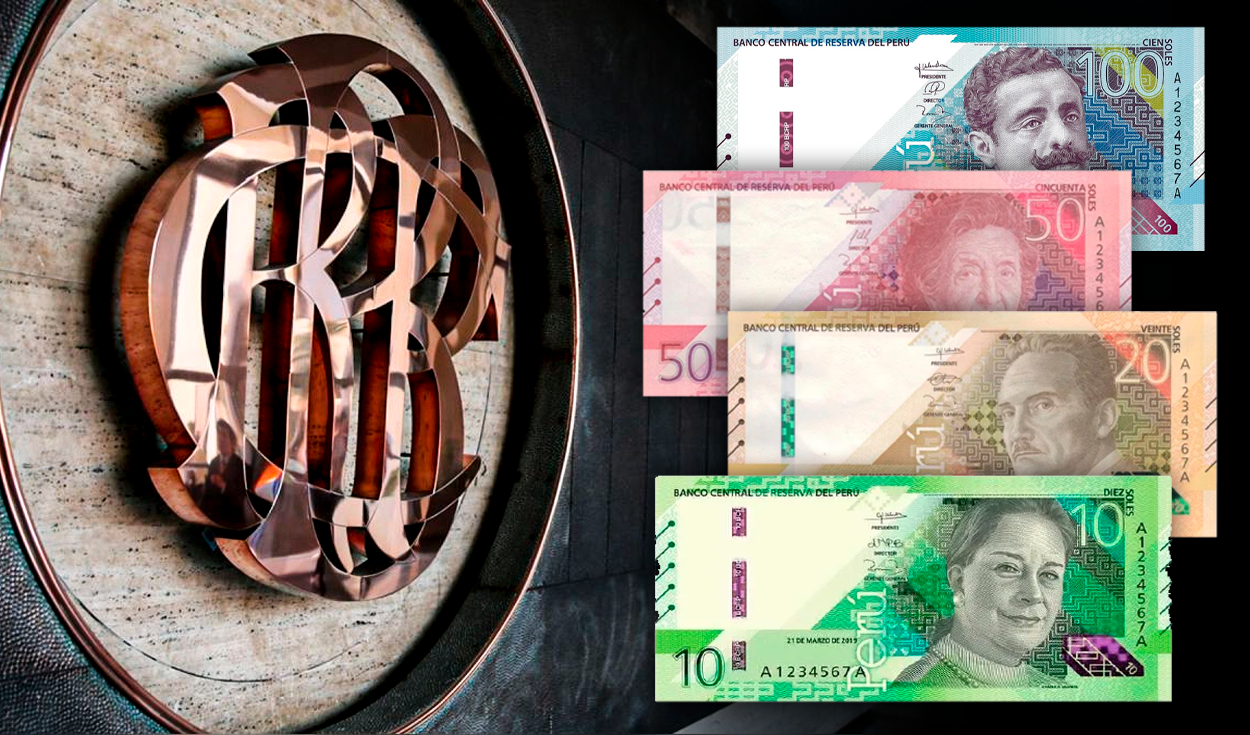
Have you been given a counterfeit bill? Learn how to detect the authenticity of this national currency in your various transactions and avoid falling victim to counterfeiters.
Despite the high rates of use of digital walletscards and apps of various banks and businesses, the importance of cash in all types of transactions has not lost its validity. On the contrary, this activity is part of our day to day. However, this action can make us vulnerable to being scammed by counterfeit banknotes. Therefore, in the following note you will learn how to identify the real banknotes.
How to check if a banknote is true or false
Currently, the Central Reserve Bank From Peru (BCRP) promotes the method called “touch, look, turn”which has been the most widely used worldwide, given its high success rate.
The first action consists of “touch”. This step will initially allow to recognize the type of material with which the ticket. In the case of soles bills, as explained by the expert Abraham de la Melena, authentic bills are made of 100% cotton, unlike counterfeit bills, which are usually made of bond paper. So the texture of the currency will be decisive for a first identification. Added to this, its sound and resistance will allow you to recognize its quality. New banknotes have a characteristic sound, while banknotes that have been used for a longer time have a sound similar to that of a cloth.
Second, it applies “Look”, an action that is based on placing the bill against the light in order to identify some security elements, such as the watermark, which is not printed and when examined, light and dark parts can be noticed. This is because the thinnest parts are the lightest, while those with the greatest amount of cotton fiber are those with the most intense color.
Likewise, it will be possible to appreciate that the watermark is multi-tonal, that is, it consists of different shades between the lightest and the darkest color.
Finally, the last step is the “turn”, in which many people who receive a bill hold it in front of their face and perform a small movement. This action allows a detailed appreciation of the moving elements that are included in the security thread. In addition, it allows observing the change of color in the various denominations, with the exception of the S/50 bill, in which only the element inside the thread changes shape.
Likewise, these banknotes have a mark that changes color in the lower right part of the obverse of the currency.
Some establishments, with the aim of reinforcing the security filters for each banknote, have ultraviolet light or also called ‘black light’, which allows to observe very clear prints and elements called fluorescent fibrils, which consist of four colors: yellow , green, red and blue.
Source: Larepublica
Alia is a professional author and journalist, working at 247 news agency. She writes on various topics from economy news to general interest pieces, providing readers with relevant and informative content. With years of experience, she brings a unique perspective and in-depth analysis to her work.











